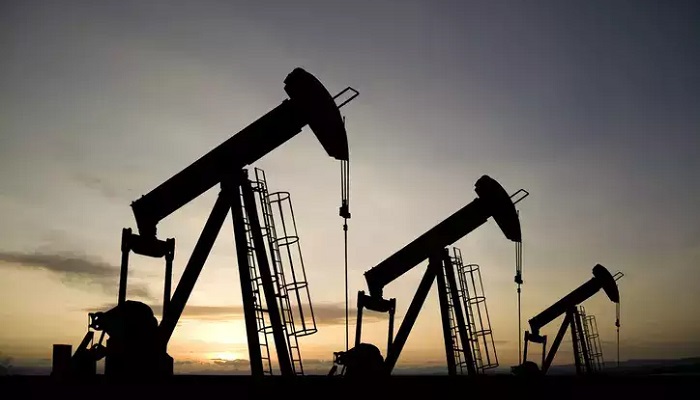It is well to be noted that Russia’s oil and gas revenue jumped over 80% in February from a year earlier to more than $10 billion because of higher prices for the nation’s crude as its producers went ahead and withstood Western sanctions.
Notably, the budget proceeds from taxes on oil and gas valued at 945.6 billion rubles ($10.4 billion) in February 2024, said the Finance Ministry. Levies on crude as well as petroleum products that accounted for 84% of overall hydrocarbon revenues got more than doubled, as per the Bloomberg calculations based on the data.
The oil taxes happened to be calculated using the average price of Urals, which is Russia’s main export blend, of $65 a barrel. That’s above from less than $50 a year ago.
Russia’s oil and gas sectors go ahead and offer a key source of revenue for the nation’s coffers, which have been under quite some pressure from the rising military costs of the Ukraine war. The Kremlin has also been surging its payments to public-sector workers as Vladimir Putin looks at a fifth presidential term in the elections in March, which he is all set to win.
So as to curb Russia’s oil revenues, Western nations-imposed sanctions that further pushed the price of Urals to less than $50 a barrel in February 2023.
Back then, the European Union had banned most seaborne imports of crude as well as petroleum products from Russia, with the Group of Seven nations imposing a $60-a-barrel price cap on the country’s oil cargoes.
While buyers from other nations have been free to buy Russian barrels at a much higher price, they are not allowed to use Western services such as insurance as well as shipping for those supplies.
Moscow has gone on to limit the impact of the price cap by ensuring a massive shadow fleet of tankers as well as working with non-Western buyers, intermediaries, and also service providers.
But the US and its allies have since November tightened their monitoring of price-cap compliance, thereby imposing sanctions on numerous vessels and traders for going ahead and violating the restrictions. The tougher stance has gone on to widen Urals’s discount to the Brent benchmark.
However, to shield cash flows from the budget, Russia has gone on to activate a so-called price floor mechanism, thereby ordering producers to pay taxes based on an artificial $15-a-barrel discount for Urals to Brent. The budget went over to receive the money in February 2024. The actual discount on which producers sold their Urals cargoes happened to average more than $18 at Russian ports in January 2024, as per data from Argus Media Ltd.
Since 2019, Russia has gradually gone on to decrease the export duties on crude as well as oil products and fully abolish them in 2024. At the same time, authorities have raised the oil-extraction tax so as to compensate for the shortfall in export-duty revenues. As a result, Russia’s revenue coming from the oil-production tax hit its highest level in the last two years.
Russia happened to pay 127.9 billion rubles in subsidies to its oil processors in February 2024 for domestic sales of diesel as well as gasoline, the ministry’s data show. The payments, which usually dent oil revenue, have gone on to partially compensate the refiners for the gap between motor fuel prices across the local market and overseas.



















































